What are the early symptoms of AIDS?
AIDS (AIDS) is a serious chronic progressive infectious disease caused by the invasion of the human body by the AIDS virus, the Human Immunodeficiency Virus (HIV), which destroys the body's immune function and causes a variety of incurable infections and tumors in the human body, ultimately leading to death.
If you've recently had risky sexual activity and several of the following symptoms, be sure to call your doctor:Persistent low-grade fever, fatigue, unexplained laryngitis, sudden weight loss of 10% or more, headache, nausea, muscle and joint pain, night sweats, persistent diarrhea, skin rash.These symptoms usually appear about 2 weeks after HIV infection.
AIDS goes through acute HIV infection, asymptomatic HIV infection, pre-AIDS and AIDS.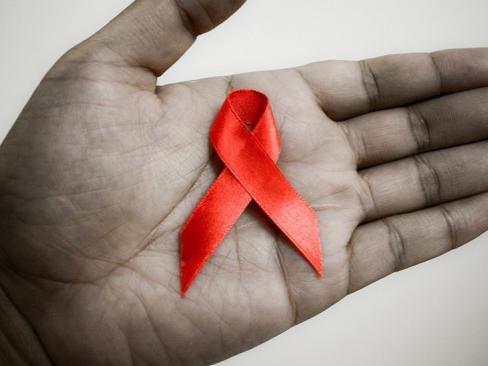
A portion of acutely infected patients develop flu-like symptoms, such as fever, swollen lymph nodes, pharyngitis, rash, myalgia or arthralgia, diarrhea, headache, weight loss, etc., for an average of two weeks after infection with HIV, which usually subside on their own without special treatment. Of course, the appearance of these conditions does not necessarily mean that HIV infection, because other diseases can also appear similar conditions.
After the acute phase, the infected person passes to the asymptomatic phase of infection. There are no clinical signs or symptoms except for a small number of infected patients who may be found to have "persistent generalized lymphadenopathy" (PGL), which is defined as the enlargement of at least two lymph nodes outside the inguinal lymph nodes at non-contiguous sites, with diameters of more than 1 cm. Enlargement of the cervical and axillary lymph nodes is most common. The duration of asymptomatic infection in adults is usually 8 to 10 years.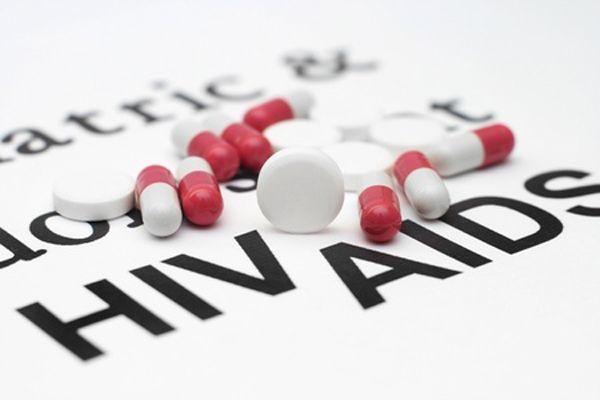
In the pre-AIDS period, infected persons may experience persistent or intermittent systemic symptoms and "mild" opportunistic infections. Systemic symptoms include persistent generalized lymph node enlargement, malaise, anorexia, fever, weight loss, night sweats, and thrombocytopenia. Minor infections tend to manifest themselves in the oral cavity and mucous membranes of the skin, including oral candidiasis, gingivitis, fungal infections of the skin, herpes zoster, folliculitis, and pruritic dermatitis.
Over time, HIV destroys the body's immune system more and more. It mainly destroys a type of immune cells called CD4 lymphocytes, and when the immune system is destroyed to a certain extent, infected people develop one or more AIDS-indicating illnesses, such as pneumonia, esophagitis, lymphoma, pulmonary or extrapulmonary tuberculosis, and HIV-associated wasting syndrome.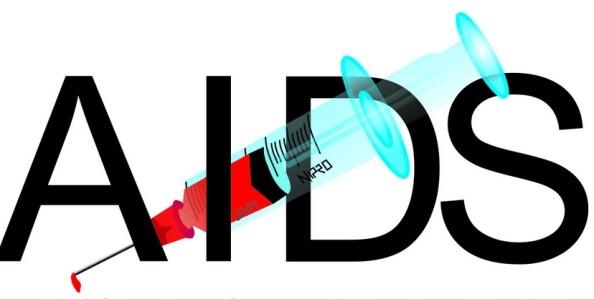
In 1996, at the 10th International AIDS Conference in Vancouver, Chinese-American scientist Daiyi He presented a so-called "cocktail" of drug treatments. After effective antiretroviral treatment, the quality of life of AIDS patients has been significantly improved, the hospitalization rate has been significantly reduced, and the majority of infected patients can return to work.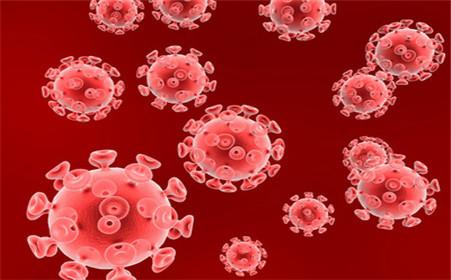
HIV is mainly found in the body fluids of HIV-infected or AIDS patients, including blood, semen, vaginal fluid, breast milk, wound exudate, etc. Any behavior that can cause the exchange of HIV can be transmitted. Any behavior that causes the exchange of bodily fluids has the potential to transmit HIV, and there are three ways of HIV transmission: sexual contact, blood, and mother-to-child transmission. About 3/4 of all HIV infections worldwide are transmitted sexually. HIV is very fragile outside the human body, and can only survive for a few hours to a few days at room temperature outside the body; it can be washed with soap and hot water, or killed with bleach; it is not transmitted through air and water, coughs and sneezes, mosquito bites, shared toilets, shared telephones, shared utensils, courtesy kisses, swimming, or hugging.
First, AIDS patients usually suffer from headache and fever. For example, many AIDS patients often suffer from fever and headache, which is because the AIDS virus leads to low immunity, so it is easy to cause infection.
Secondly, AIDS patients will also have symptoms of swollen lymph nodes. If they are infected with AIDS, patients will have swollen lymph nodes, and as the AIDS condition becomes more serious, more and more lymph nodes will be swollen on the patient's body.
Thirdly, AIDS patients may develop a rash. Often, when a rash appears, the patient will think that it is caused by other viral infections, but AIDS patients also have a rash, and as the disease continues to get worse, the rash may appear on all parts of the body.
Fourthly, AIDS patients can suffer from muscle or joint pain because of HIV. This is because HIV enters the muscles or joints and causes inflammation, so it produces persistent pain.
Fifthly, ulceration in the private parts is also a sign of AIDS. AIDS patients, because the virus has entered the body in the course of action, the genitals will frequently appear herpes, gradually leading to localized ulceration, which is a very obvious symptom.
My CD4 was already as low as a hundred or so when I found out about the ai. In the early stages it was like a cold, headache, sore throat, then hives, bumps on the forehead, weight loss of over ten pounds and weight loss. After the antiviral treatment, everything is fine, but the stomach and intestines are weak, and the weight gain is very slow. I hope it gets better and better.
AIDS, also known as acquired immunodeficiency syndrome, AⅠDS) is a pathogenic chronic infectious disease caused by human immunodeficiency virus (HIV). It is mainly transmitted vertically through blood, sex and mother-to-child transmission. The virus specifically invades and depletes helper T-lymphocytes, which impairs the body's cellular immune function, and finally complicates a variety of serious opportunistic infections and malignant tumors. Patients and asymptomatic carriers of the virus are the source of HIV infection.
Early symptoms of AIDS: long incubation period, generally about 2∽10 years can develop into AIDS. Clinical manifestations are very complex, mostly related to opportunistic infections or tumors. Early infection can have an acute infection performance. Then in a fairly long period of time can not have any symptoms, this period can be up to 10 years. Or there may be only generalized lymph node enlargement. It often becomes AIDS after the occurrence of opportunistic infections and the emergence of tumors.
First, in the acute infection period (Phase I) after infection with HlV, some patients develop serum sickness-like symptoms: fever, general malaise, headache, fear of food, muscle and joint pains, lymph node enlargement and so on.
Second, the asymptomatic infection stage (Stage II) extends from the primary infection or the disappearance of acute symptoms without any symptoms. Serologic test HⅠV positive. Duration of 2 ∽ l0 years or longer.
Third, persistent generalized lymph node enlargement syndrome (stage III), in which two or more lymph nodes are enlarged in parts of the body other than the inguinal lymph nodes.
Fourth, opportunistic infections and malignant tumors in the AIDS stage (stage IV) may involve all systems and organs of the body. The manifestations are fever, malaise, weight loss, headache, paralysis, dementia, protozoal, fungal and viral infections, secondary to Carpenter's sarcoma and non-Hodgkin's lymphoma, and interstitial pneumonia.
Early symptoms of HIV are dominated by symptoms of acute infection. Early symptoms are similar to those of a cold, and may include fever, malaise, body aches, and in some cases, loss of appetite. Fever may be accompanied by a headache in some patients. Some patients may develop a rash, and most patients with AIDS will have enlarged lymph nodes on the surface of the body, such as in the armpits and neck. Some patients may present with persistent diarrhea, which is poorly treated with oral antidiarrheal medications. Patients with AIDS may also have an enlarged liver and spleen.
The title should read What are the early clinical signs of AIDS?
To answer your question as a doctor who specializes in treating AIDS!
AIDS is known as "Acquired Immune Deficiency Syndrome", is the HIV virus destroys the body's immune cells and thus causes a decline in immunity, resulting in a variety of opportunistic infections and tumors and let the patient die, but the early stage (acute stage of infection) what are the clinical manifestations that will occur?
Persistent fever (with varying heat patterns), weakness, night sweats, and persistent widespread generalized lymph node enlargement. Enlargement of lymph nodes in the neck, armpits and groin is especially pronounced. Lymph nodes are more than 1 cm in diameter, firm, movable and painless. Weight loss can be up to 10% or more within 3 months, up to 40%, and patient wasting is particularly pronounced.
Gastrointestinal symptoms:
Herpes simplex, herpes zoster, inflammation and ulceration of the mucous membranes of the mouth and throat.
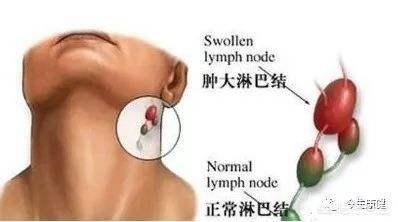
But can not rely on the symptoms to judge, must be combined with high-risk medical history and related testing, this period of window period AIDS antibody can not be detected, so some of the patients as early as possible to implement AIDS blocking treatment, as early as possible to block to prevent becoming AIDS, such as the conditions within 24 hours, some can be extended to less than 72 hours, and some patients in the 72 hours after the blocking effect is still available.
Well, I hope that helps.
Follow Dr. Li Ping, I'm here for you on the road to health!

Infection with AIDS may begin with flu-like symptoms, such as a persistent fever and headache, but also rashes, diarrhea, inflammation of the tonsils, and localized lymph node enlargement. Usually after two weeks these symptoms will disappear on their own, as normal, so many people infected with AIDS do not know. However, a large proportion of people who are infected have no symptoms at all, so you cannot rely on symptoms to determine whether you are infected with HIV, and you must be tested.
The window period for HIV infection is undetectable, it takes about three weeks or more to detect it, and testing after six weeks basically determines if the person is infected.
So there may or may not be signs of AIDS in the beginning, and some people who are afraid of AIDS show symptoms similar to those of being infected with AIDS, but they are tested and found not to be infected. Some people who are infected do not show any signs at the beginning, but are found to be infected at a later stage. Therefore, symptoms and so-called signs do not mean anything.
If you have had high-risk sex, it is recommended that you get tested in a timely manner. It is better if you are not infected, and if you are infected, it is better to detect and treat it early, when CD4 tends to be very high, and infected people can live close to a normal life expectancy.
Thank you! Generally blood night, mother-to-child sexual transmission, the initial stage of infection is basically no symptoms, about 3 months later there is as influenza-like or infectious mononucleosis, symptoms: swollen lymph nodes, fever, chills, joint pain, muscle pain, diarrhea, vomiting and so on... See you soon!

AIDS, also known as acquired immunodeficiency syndrome, is caused by infection with the human immunodeficiency virus. AIDS is contagious and is usually spread through shared sex, blood, saliva, etc. So once a person is infected with HIV, he or she must be isolated.
When I was in the department of infectious diseases, there was a male AIDS patient in his 40s living in our department, when I saw him for the first time, he was a little bit better than I thought he would be in general, he was mainly due to lethargy, fatigue and discomfort in the clinic, and was admitted to the hospital and examined to be suffering from AIDS, and his weight dropped about 40 pounds in six months, and he is now only more than 70 pounds for his height of 4,375px, so you can imagine how skinny he was, and he was not eating well. He is not good at eating, and he relies on the input of nutrient solution every day to maintain his basic metabolism. Every morning when I went to check on him, he was lying weakly on the bed, inhaling oxygen, and I could feel his urgent hope for survival. However, the prognosis for this kind of patients is usually extremely poor, and they will eventually die of various diseases due to the serious damage of the immune system.
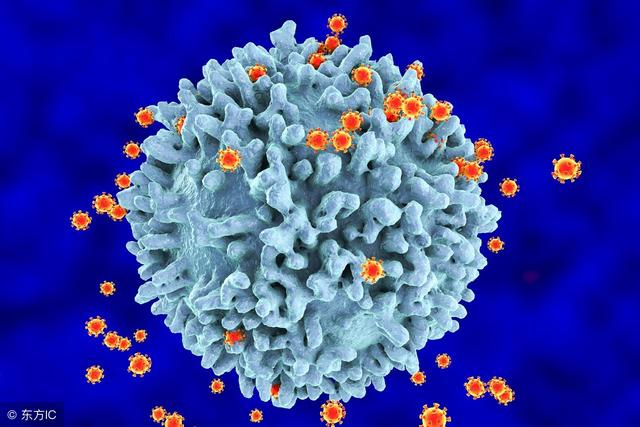
Generally speaking, after AIDS patients have passed the incubation period, the early manifestation is that the immune system is impaired, and it is very easy to be infected, and common infections include herpes, pneumonia, tuberculosis, etc. The first thing that HIV invades is the skin and mucous membranes, and then it invades our lymph nodes, and finally, the immune organs. Generally such patients are isolated in separate wards, which are preferably sterile to avoid all kinds of infections and once infected are not easy to control. It is a wasting disease, so they will lose a lot of weight in a short period of time and usually have a fever. Generalized weakness is a more common symptom, loss of appetite, poor sleep at night, and more anxiety are all non-specific symptoms that can be seen in AIDS patients.

Respondent: Wenli Han, M.S., M.A.
Welcome to Life Calling for more useful health knowledge.
This has already been mentioned in the answer to the previous question, most of them may have a bit of a cold-like symptom at the very beginning, some of them are not obvious, and individual ones may have an inconspicuous rash that is transient and not easy to be detected, so the disease is still very subtle, and as long as it doesn't involve a dangerous situation it is not dangerous!
This question and answer are from the site users, does not represent the position of the site, such as infringement, please contact the administrator to delete.